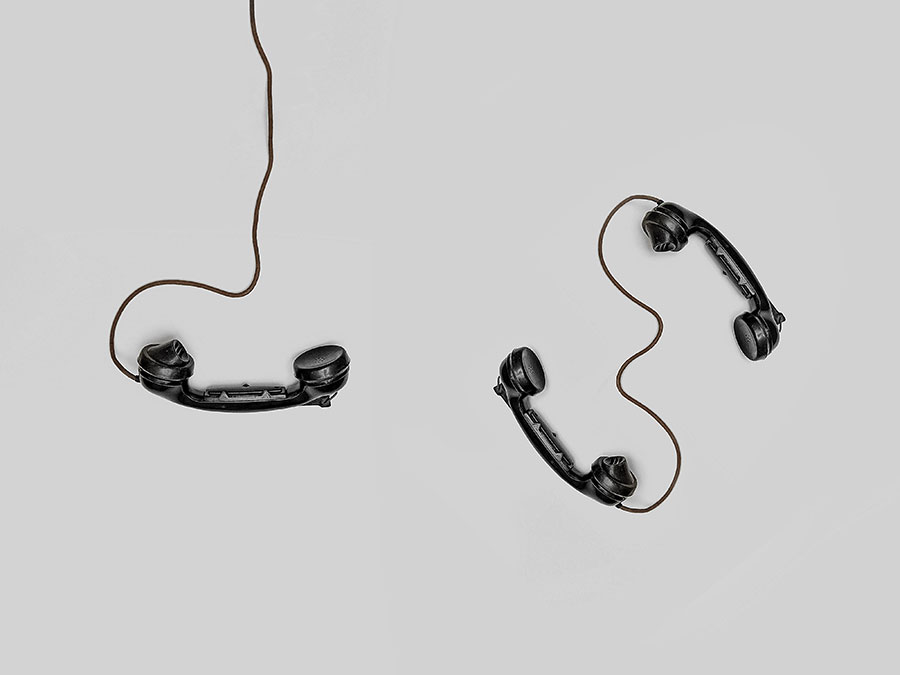800 Numbers by Area Code: A Comprehensive Guide

Toll-free numbers, often known as 800 numbers, are an essential communication tool for businesses.
They allow customers to call a company without incurring any charges, helping to establish a professional image, enhance customer service, and increase reach across different regions.
| Area Code | Launch Year | Description |
|---|---|---|
| 800 | 1967 | The original and most recognized toll-free area code, synonymous with toll-free calling. |
| 888 | 1996 | Introduced as an alternative to 800 numbers due to growing demand, still popular today. |
| 877 | 1998 | Launched to further expand the availability of toll-free numbers for businesses and organizations. |
| 866 | 2000 | Continued the expansion of available toll-free numbers, meeting rising demand. |
| 855 | 2010 | A newer toll-free prefix offering more options for businesses to establish a toll-free presence. |
| 844 | 2013 | Further increased the pool of available toll-free numbers for businesses and organizations. |
| 833 | 2017 | The most recent addition to the list of toll-free area codes, providing even more options. |
By understanding the different toll-free area codes available, businesses can select the most suitable prefix for their unique needs and requirements. Each of these prefixes is followed by a unique seven-digit number, providing countless combinations for businesses to choose from. Acquiring a toll-free number helps to create a professional image and improve customer service, all while expanding the reach of the business across different regions.
How Toll-Free Numbers Work
Toll-free numbers, often recognized by their "800" prefix, enable customers to call businesses without incurring any charges. These numbers consist of a three-digit area code (e.g., 800, 888, 877, etc.) followed by a unique seven-digit number.
When a customer dials a toll-free number, the call is routed to the business's local or long-distance phone line.
Businesses pay for incoming calls on their toll-free numbers, making it free for customers. Acquiring a toll-free number helps businesses establish a professional image, enhance customer service, and expand their reach across different regions.
Why Your Business Needs a Toll-Free Number and How to Order One
- Why Your Business Needs a Toll-Free Number:
a. Professional Image: A toll-free number lends credibility and legitimacy to your business, making it appear well-established and customer-focused.
b. Enhanced Customer Service: By offering a free calling option, you demonstrate your commitment to customer service and make it easy for customers to reach you with inquiries, feedback, or concerns.
c. Expanded Reach: Toll-free numbers are not tied to a specific geographic location, allowing your business to reach customers across different regions without any additional costs for the callers.
d. Easy-to-Remember: Vanity toll-free numbers can be customized to include memorable or relevant words, making it easier for customers to recall and contact your business.
e. Call Tracking and Analytics: Toll-free numbers can be integrated with call tracking and analytics services, providing valuable data on call volume, origin, and duration, which can help optimize marketing strategies and customer support.
- How to Order a Toll-Free Number:
a. Choose a Provider: Research and select a reliable toll-free number service provider that offers competitive pricing, features, and customer support. Popular providers include AT&T, RingCentral, and Grasshopper.
b. Select an Area Code: Choose from available toll-free area codes (e.g., 800, 888, 877, etc.) based on your preferences and the image you want to project for your business.
c. Customize Your Number: Decide whether you want a random number or a vanity number that incorporates relevant words or phrases that represent your business or industry.
d. Check Availability: Verify the availability of your chosen number with the provider. If it is unavailable, consider alternative combinations or area codes.
e. Set Up Call Routing: Configure your toll-free number's call routing options, such as forwarding calls to your local or long-distance phone line, setting up an IVR (Interactive Voice Response) system, or routing calls to multiple lines based on time or call volume.
f. Order and Activate: Complete the order process and follow the provider's activation instructions. Once activated, you can begin promoting and using your new toll-free number.
By understanding the benefits of toll-free numbers and following these steps to order one from Vanity123.com, your business can enjoy improved customer service, a professional image, and expanded reach.
